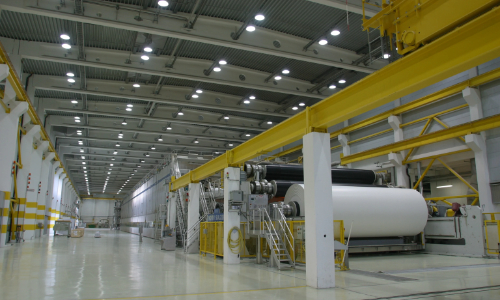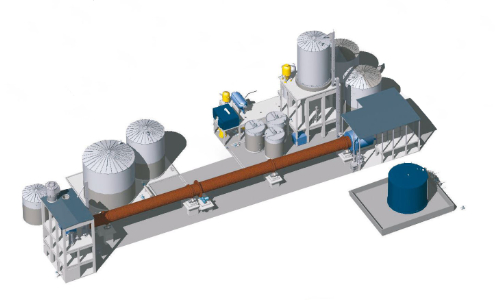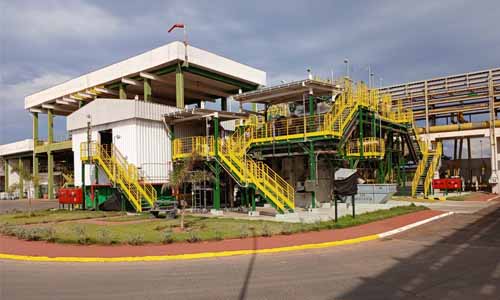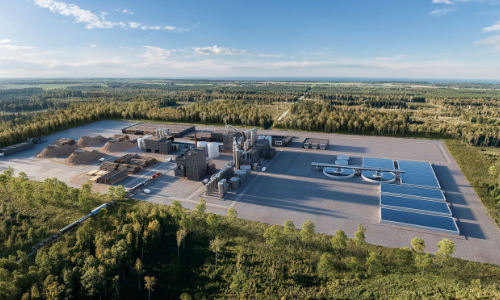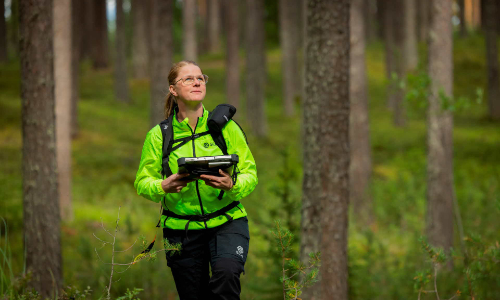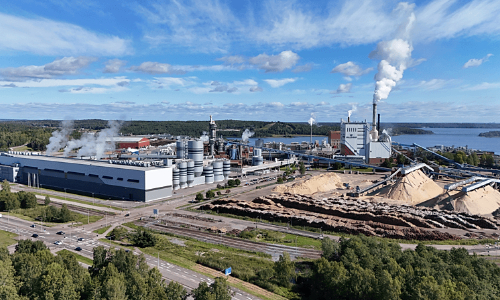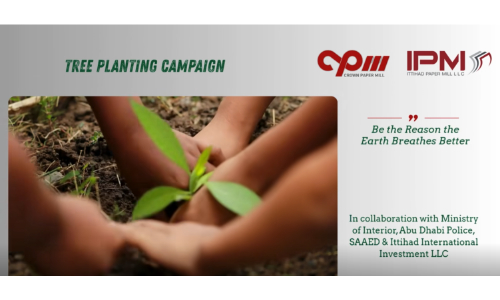
In Europe, where almost all primary forests are protected, paper comes from sustainably managed forests where the cycle of planting, growing and logging is carefully controlled.
Forests, if managed sustainably, play an indispensable role in climate and biodiversity protection. They protect soil and water resources, provide livelihoods, and contribute to the wellbeing of rural and urban communities.[1]
In some countries, particularly in the tropics, there are issues over land rights and natural forest conversion to industrial plantations. This is a cause of concern for the paper industry, NGOs and consumers. The Two Sides initiative supports solutions to these problems and recognises the need to promote products that can clearly be traced to sustainable sources.
Forests cover 31% of the world’s total land area and contain most of the world’s terrestrial biodiversity. Forests provide habitats for 80% of amphibian, 75% of bird and 68% of mammal species. FAO, The State of World’s Forests, 2022
73% of wood and even 90% of market pulp comes from forest management certified sources.CEPI, Forest Resources, 2023
Forests cover 40% of the European territory and are growing in both area and volume. Currently, the total volume is approximately 28 billion m³, which is growing by around 612 million m³ every year. This is a net annual growth of more than 2% once the volume of harvested forests has been deducted.
Between 2005 and 2020, European forests grew by 58,390 square kilometres – that’s an area bigger than Switzerland and amounts to over 1,500 football pitches every day! Two Sides Analysis of FAO data, 2005-2020
The vast majority (over 90%) of the European paper industry’s wood fibre originates from Europe. To prove wood is sourced from sustainably managed forests, the paper industry strongly relies on forest certification, in particular FSC and PEFC: 73% of wood and even 90% of market pulp comes from forest management certified sources.
The most common pressures causing deforestation and severe forest degradation are large and small-scale agriculture, unsustainable logging, mining, infrastructure projects, and increased fire incidence and intensity. WWF, Deforestation Fronts, 2020
The forests serve not only wood production, but they also provide many other very important ecosystem services that directly or indirectly contribute to human wellbeing.













